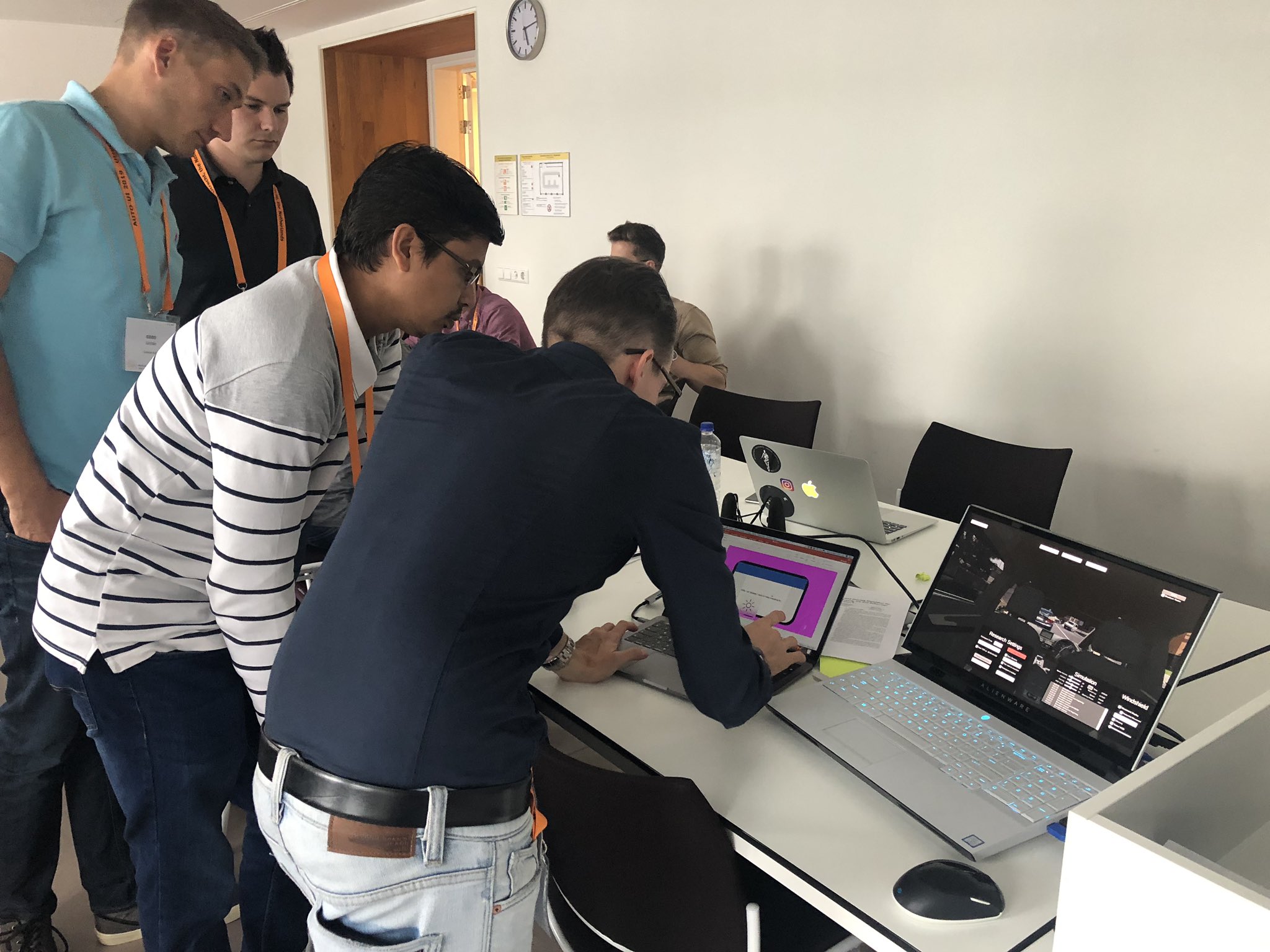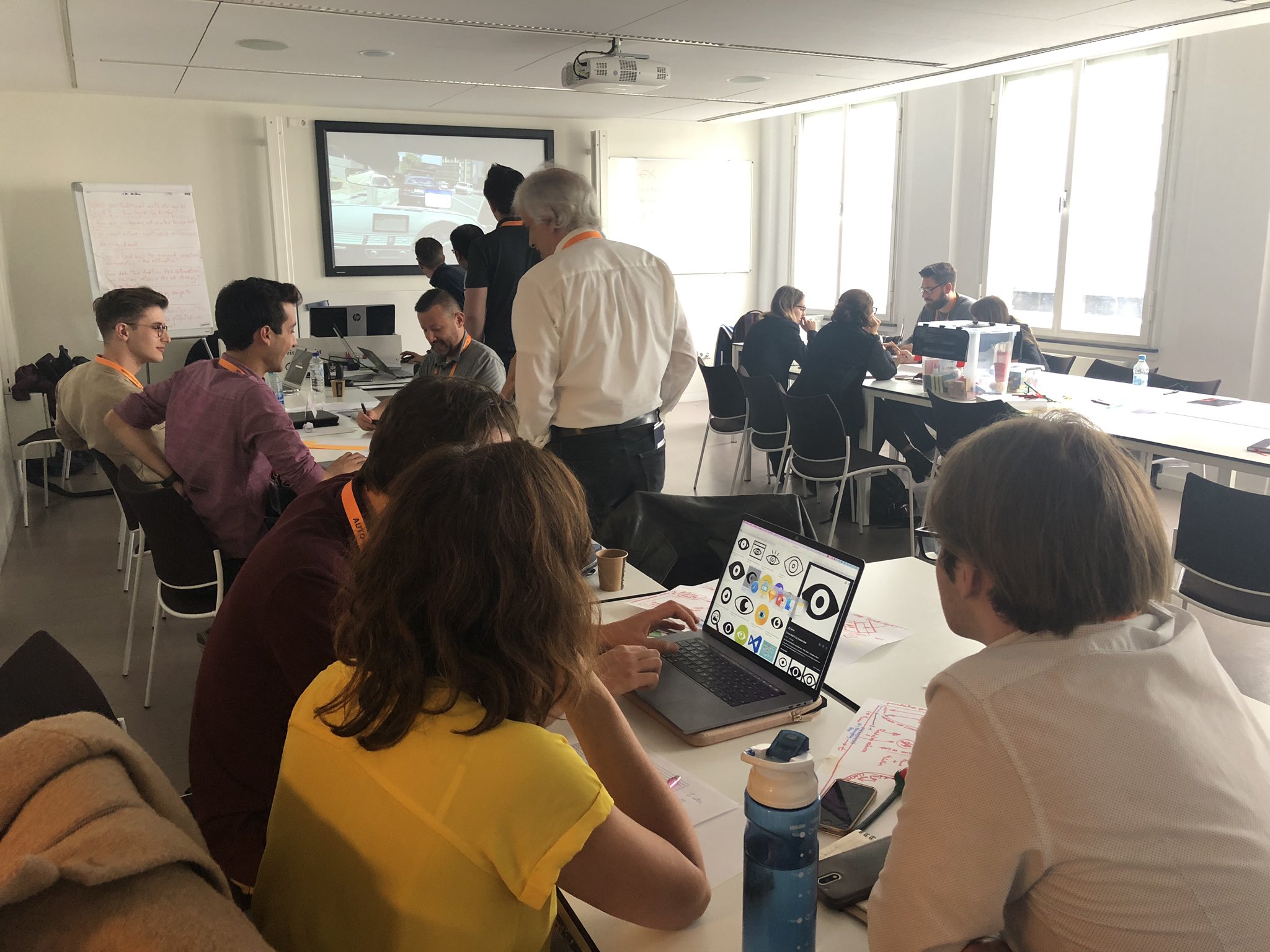Automated Driving Video Simulator

I started developing this software during my masters thesis and continued improving the software during my PhD. The simulator works in VR and in the Advanced Driving Simulator from the Centre for Accident Research and Road Safety – Queensland (CARRS-Q), a research department of the Queensland University of Technology (QUT).
This software is made open source and you can make changes and use it for your own research. You can find a description how to create driving scenarios and instructions in the publication and on Github.
Link to Github: https://github.com/carrs-q/ADS-Driving-Simulator
Please cite the publication as followed:
Virtual Reality Prototyping
The VR-Simulator is a portable version of the video simulator to test user interfaces everywhere. For example this version of the simulator is used in a UX/UI design workshop at AutoUI 2019 in Utrecht or a overseas data collection (results will be published soon).
During my PhD I have used this method to rapid prototype interfaces and receive early feedback. It is important for user centred design to receive early feedback from users.
Advanced Driving Simulator
The software for the driving simulator has different modules.
- Distributed network setup with primary control computer and nodes for projectors
- Content Delivery Network (CDN) to distribute a scenario to all nodes
- USB-Display input for interactive HUD
- Dashboard: Digital and analog visualisation of current speed and driving mode
- Navigation: Mobile phone mounted in the center of the vehicle.
- Controller for SensoDrive SensoWheel steering wheel
- API for synchronisation with Intempora RTMaps
- IR marker over raspberry pi
- GoPro remote control for automated recording over raspberry pi
- Controller for click-response task (CRT) over raspberry pi



